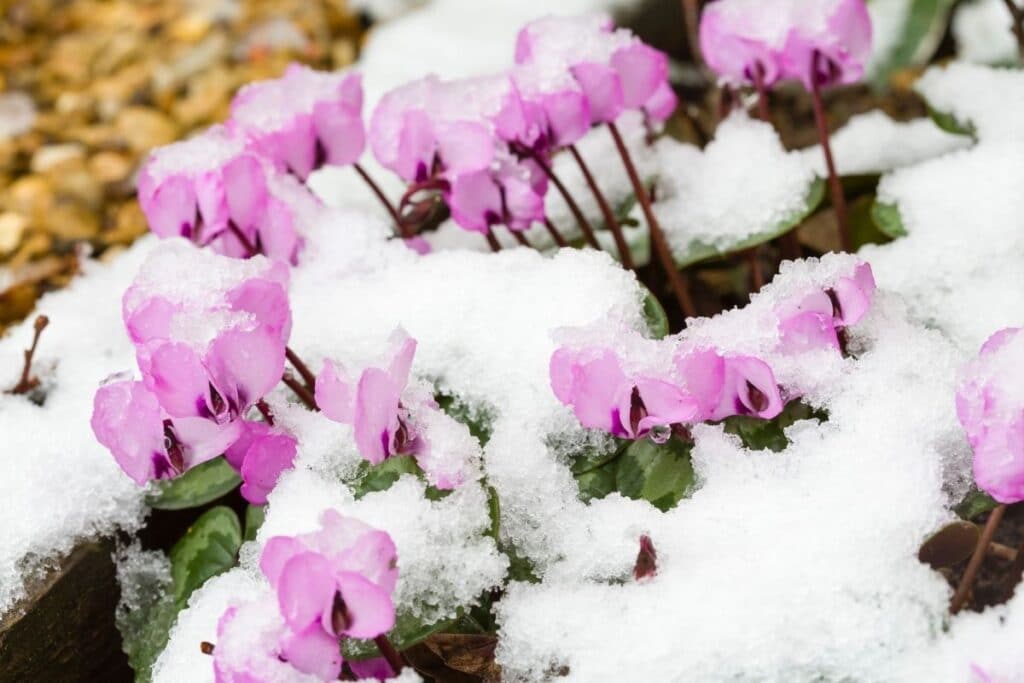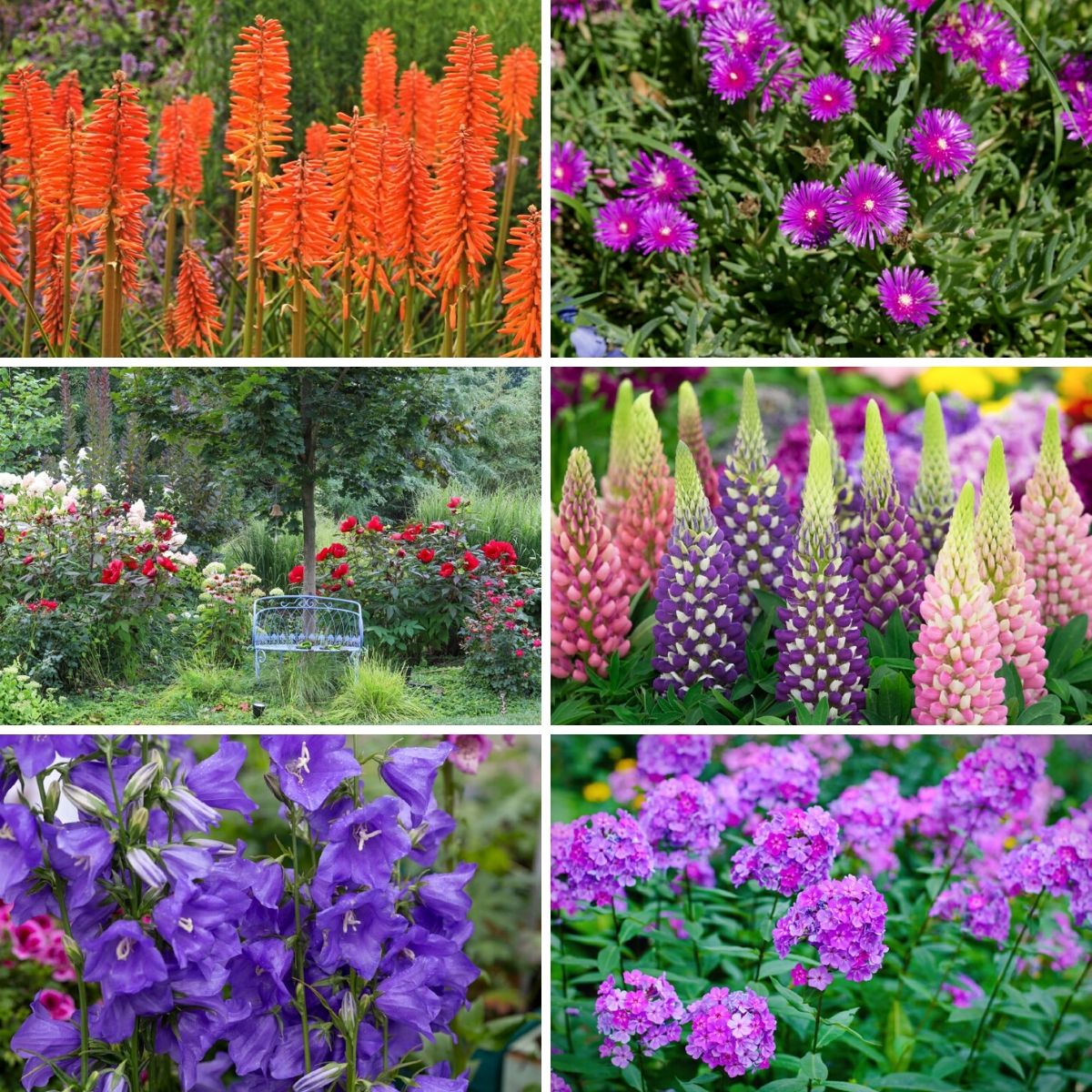Why January is the Perfect Time to Plant Flowers
January is an ideal time to plant flowers, offering a unique set of benefits that can give gardeners a head start on the growing season. One of the primary advantages of planting flowers to plant in January is the cooler weather, which allows for slower and more controlled growth. This reduces the risk of scorching and bolting, common problems that can occur when planting in warmer months. Additionally, the reduced pest activity in January means that gardeners can minimize their use of pesticides and other chemicals, creating a healthier and more sustainable garden environment. Perhaps most importantly, planting flowers in January allows gardeners to prepare their soil and get their garden beds in order, making it easier to transition into the busy spring planting season. By taking advantage of these benefits, gardeners can enjoy a vibrant winter garden and set themselves up for success come springtime.
How to Choose the Right Flowers for Your Climate
When it comes to selecting flowers to plant in January, it’s essential to choose varieties that thrive in your region’s winter climate. Temperature is a critical factor to consider, as some flowers are more tolerant of frost and cold temperatures than others. For example, pansies and violas are excellent choices for cooler climates, while cyclamen and snapdragons prefer milder winters. Sunlight is another crucial consideration, as some flowers require full sun to bloom, while others prefer partial shade. Soil type is also important, as certain flowers prefer well-draining soil, while others thrive in moist conditions. By taking these factors into account, gardeners can select flowers that will flourish in their winter garden, providing a vibrant display of color and beauty. Additionally, choosing flowers that are specifically bred for winter blooming, such as winter pansies and cyclamen, can ensure a stunning display of flowers to plant in January.
Cool-Season Flowers for a Vibrant Winter Garden
When it comes to selecting flowers to plant in January, cool-season varieties are an excellent choice. These flowers thrive in the cooler temperatures of winter, providing a vibrant display of color and beauty to the garden. Pansies, with their delicate, velvety petals and bright, cheerful colors, are a popular choice for winter gardens. Violas, with their delicate, heart-shaped flowers and subtle, sweet fragrance, are another excellent option. Cyclamen, with their delicate, nodding flowers and attractive, heart-shaped leaves, are a great choice for adding winter interest to the garden. These flowers are all relatively low maintenance, requiring minimal care and attention to thrive. By incorporating these cool-season flowers into your winter garden, you can enjoy a stunning display of flowers to plant in January, adding color and beauty to your outdoor space during the coldest months of the year.
Preparing Your Soil for Winter Flower Planting
Before planting flowers to plant in January, it’s essential to prepare your soil for winter flower planting. This involves more than just digging a hole and adding some fertilizer. To give your winter flowers the best possible start, you’ll need to assess your soil’s pH level, nutrient content, and drainage. If your soil is heavy clay or sandy, you may need to add organic matter such as compost or well-rotted manure to improve its structure. Fertilization is also crucial, as winter flowers require a boost of nutrients to thrive in the cold weather. A balanced fertilizer with a ratio of 10-10-10 (nitrogen-phosphorus-potassium) is a good starting point. Additionally, consider mulching your soil to retain moisture, suppress weeds, and regulate soil temperature. By taking the time to prepare your soil, you’ll be rewarded with healthy, vibrant flowers to plant in January that will thrive throughout the winter months.
Planting and Caring for Your Winter Flowers
Once you’ve selected the perfect flowers to plant in January and prepared your soil, it’s time to plant and care for your winter flowers. Start by planting your flowers at the same depth as they were in their pots, and space them according to the package instructions. Water your flowers well after planting, and continue to keep the soil consistently moist throughout the winter months. As your flowers grow, prune them regularly to encourage bushy growth and prevent legginess. Keep an eye out for pests such as aphids and whiteflies, and treat your flowers promptly if you notice any infestations. Finally, consider adding a layer of mulch around your flowers to retain moisture and suppress weeds. By following these simple steps, you can enjoy a vibrant and thriving winter garden filled with beautiful flowers to plant in January.
Adding Winter Interest to Your Garden with Bulbs and Perennials
While flowers to plant in January are a great way to add color and vibrancy to your winter garden, bulbs and perennials can provide an extra layer of interest and beauty. By planting bulbs such as tulips, daffodils, and hyacinths in January, you’ll be rewarded with a stunning display of blooms in the spring. Perennials like hellebores, winter aconite, and snowdrops can also add winter interest to your garden, with their delicate flowers and attractive foliage. One of the biggest benefits of planting bulbs and perennials in January is that they provide a head start on spring growth, allowing them to establish themselves before the warmer weather sets in. This means that when the weather warms up, they’ll be ready to burst into bloom, providing a beautiful display of color and vibrancy in your garden. By incorporating bulbs and perennials into your winter garden, you can create a stunning and dynamic outdoor space that will provide interest and beauty throughout the year.
Creating a Beautiful Winter Container Garden
Winter container gardens are a great way to add color and interest to your outdoor space during the colder months. By choosing the right flowers to plant in January, such as pansies, violas, and cyclamen, and combining them with attractive foliage and decorative elements, you can create a stunning winter container garden. Start by selecting a container that complements the colors and textures of your flowers and foliage. Then, add a layer of mulch or decorative stone to help retain moisture and suppress weeds. Next, plant your flowers and foliage, leaving enough space for them to grow and thrive. Finally, add some decorative elements, such as pinecones, twigs, or ornaments, to give your container garden a festive touch. By following these simple steps, you can create a beautiful winter container garden that will provide interest and beauty to your outdoor space throughout the winter months. Consider using a mix of cool-season flowers, such as snapdragons and stock, to add height and color to your container garden. With a little creativity and planning, you can create a winter container garden that will be the envy of your neighbors.
Common Mistakes to Avoid When Planting Winter Flowers
When it comes to planting flowers to plant in January, there are several common mistakes to avoid in order to ensure success. One of the most critical mistakes is planting too early or too late. Winter flowers have specific planting times, and planting outside of these times can lead to poor growth or even failure. Another mistake is not providing adequate care, such as watering, pruning, and fertilizing. Winter flowers require specific care to thrive, and neglecting these tasks can lead to poor performance. Additionally, failing to prepare the soil properly can also hinder the growth of winter flowers. This includes not adjusting the soil pH, not adding organic matter, and not providing adequate drainage. Furthermore, not choosing the right flowers for your climate and region can also lead to disappointment. By avoiding these common mistakes, you can ensure a vibrant and thriving winter garden. Remember to research the specific needs of the flowers to plant in January and take the necessary steps to provide them with the care they require. With proper planning and attention, you can enjoy a beautiful winter garden that will provide interest and beauty to your outdoor space.









